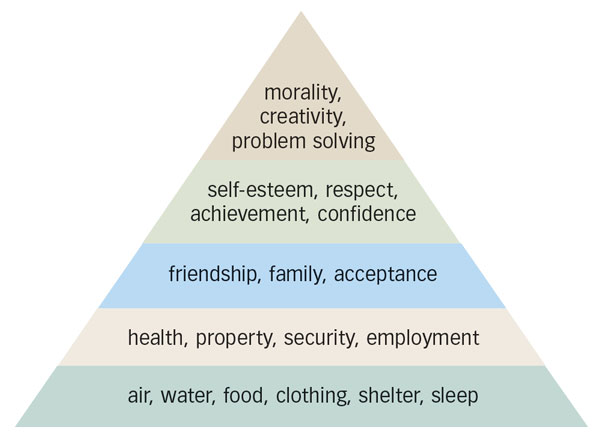Writing to a resistant audience presents a unique challenge. How can you turn “no” into “yes!” To do so, you need to focus on readers and effectively answer their objections.
How do I focus on readers?
Think about what readers already know about your topic and what they need to know. Then consider how readers will benefit from doing what you want. Focus on their interests and needs rather than your own. For instance, if you want readers to sign up for a new company health initiative, you could focus on improving their health, boosting their energy, and reducing their stress.
How can I identify objections?
Write your call to action—your persuasive main point—and then brainstorm all the reasons a person might object.
Position
Join the fitness challenge by exercising for at least 30 minutes a day, 5 days a week.
Potential objections
- I don’t have enough money to buy a gym membership.
- I’m too busy to exercise.
- Who are you to tell me how to live my life?
- I’m already healthy. I don’t need to exercise.
How can I answer objections?
Next, recognize that any objection your audience has relates to a need—perhaps for respect, achievement, confidence, or employment. (Scroll down to check out other common needs in the pyramid graphic below.) Focus on that need, and answer any objection in one of the following ways.
- Provide a solution to the problem.
You don’t need a gym membership to live an active lifestyle. Simply going on a walk around your neighborhood for 30 minutes is enough to maintain a daily active lifestyle. There are also plenty of free at-home exercises you could consider doing.
- Show how the benefits outweigh the objection.
There’s no doubt that life throws a lot of responsibilities our way, and you may not feel you have the time or energy for exercise. However, you’ll quickly discover that spending 30 minutes on exercise increases your energy level so that you can get more done the rest of the day.
- Concede the objection and move on.
We hope you will consider making exercise a part of your daily routine, but ultimately the final decision is up to you. How you live is your own choice.
Once you identify objections and decide how to answer them, integrate your responses into your message. In the end, answering potential objections will strengthen your argument and help you achieve your objective.
How can I respond persuasively?
If you’re unsure how to convincingly respond to an objection, review Abraham Maslow’s hierarchy of essential human needs. The lowest level of the pyramid includes physical needs, which must be met before the next level becomes important, and so on. You can use the information on the pyramid to appeal to a specific need that “outranks” the objection.
 |